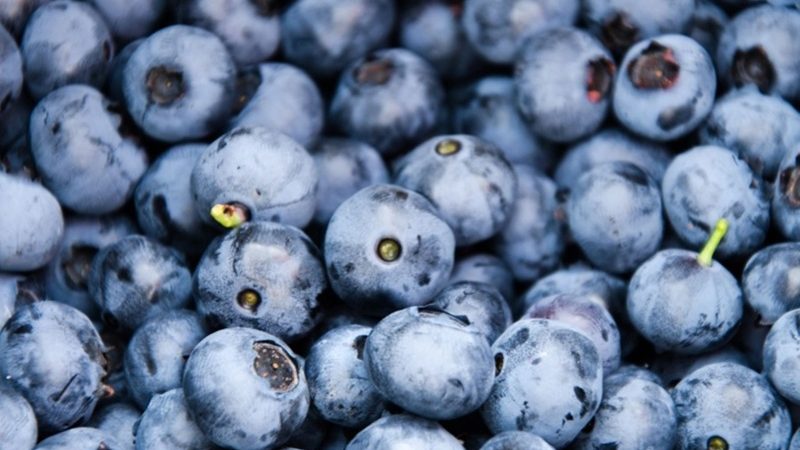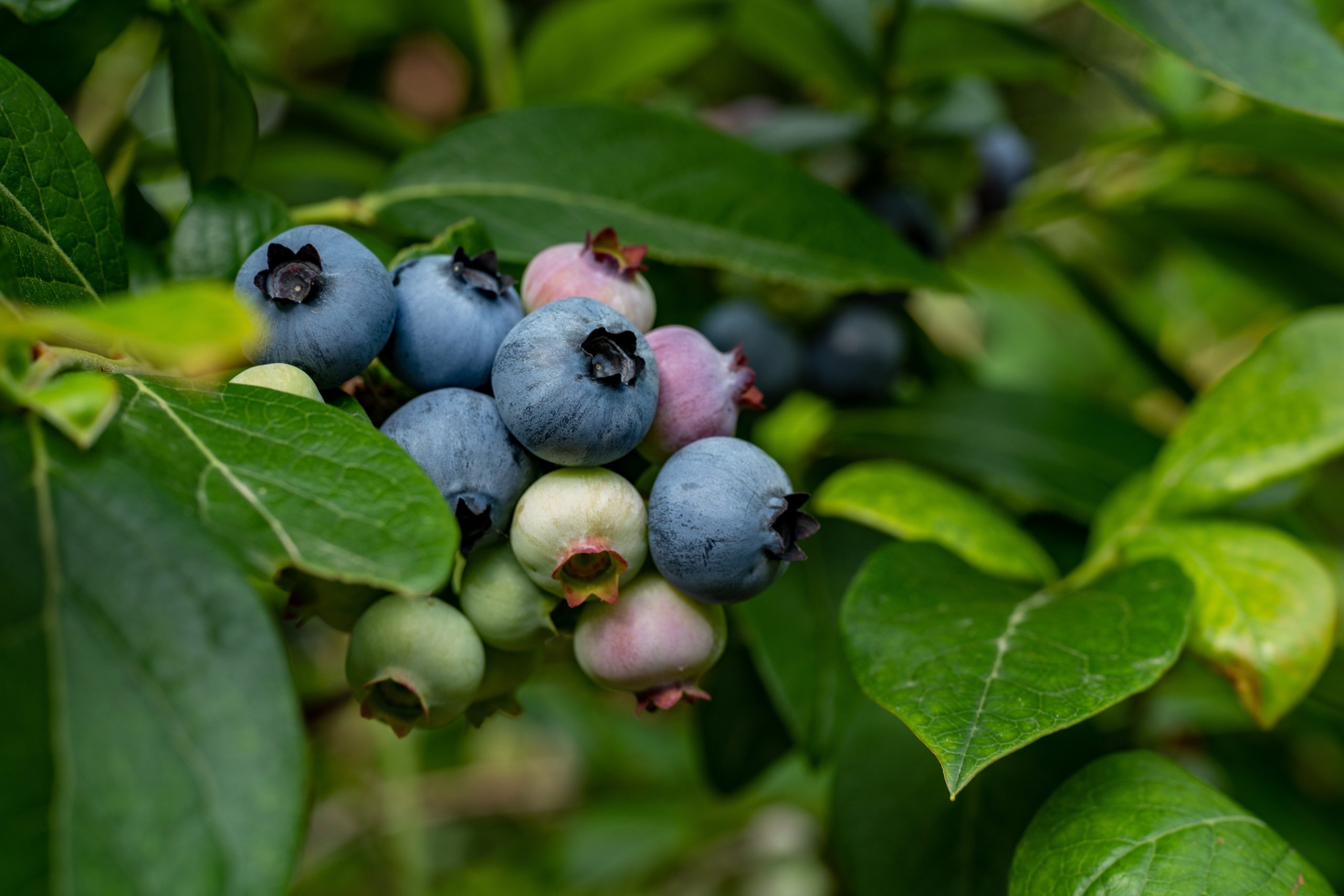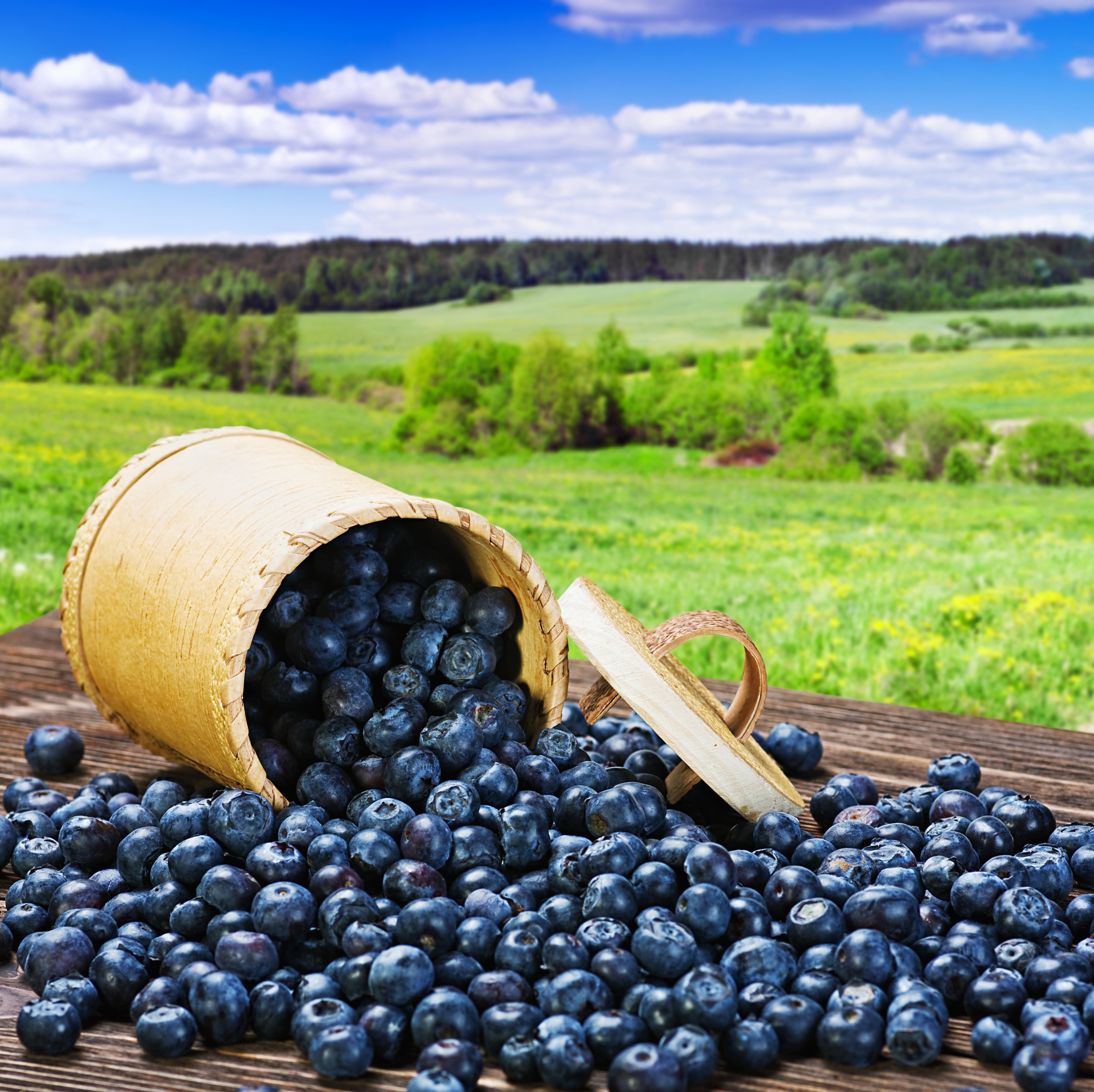The premiumization of Poland
- . August 2025
The sector is promoting varietal change not only to achieve firmer fruit and higher plant yields, but also to facilitate the mechanization of the production, harvesting, and shipping processes in the face of labor cost challenges.
Blueberries grown in Poland come from species native to North America, which have been successfully adopted in the country thanks to its favorable climate and highly professional and technical care. Industrial blueberry production in Poland has experienced sustained growth since 2011, when it barely reached 13.000 tons. A little over a decade later, Polish blueberry production surpassed 60.000 tons. Currently, Poland is one of the leading blueberry producers in Europe and globally.
Between 2018 and 2022, the cultivated area doubled, going from 5.800 ha to approximately 11.900 ha, and by 2024 it reached nearly 13.000 ha of blueberry planted area, although growth in area has slowed recently, focusing more on varietal improvement than on expanding the planted area.
30% export
It should be noted that only approximately 30% of Polish production is destined for export, with Germany, the United Kingdom, and the Netherlands as its main destinations. In 2024, exports grew by 17%, reaching nearly 26.000 tons, while re-exports from Ukraine decreased, implying a shift toward domestic consumption and processing. However, the dynamic is changing due to growing domestic demand and the country’s start to import blueberries out of season (from Spain, Peru, South Africa, etc.), which has recently generated a slightly negative trade balance of around €6,4 million in 2022/23.
Production is expected to reach a plateau by 2030, perhaps exceeding 70.000 tons, provided crop yields and management efficiency improve.
Premiumization
Currently, and as a projection of its industry into the global market, the Polish blueberry industry is developing and implementing a strategy focused on new varieties of superior (“premium”) quality and ready-to-eat packaging, seeking to access differentiated demand and higher-value consumer segments.
Furthermore, the sector is promoting this varietal shift not only to achieve firmer fruit or higher plant yields, but also to facilitate the mechanization of the production, harvesting, and shipping processes in the face of labor cost challenges.
On the other hand, in addition to the traditional European focus, there is growing interest in establishing a commercial presence in markets such as the Middle East, Asia, and Israel, although they are still in their infancy.
Structural challenges
The Polish industry is developing strategies to strengthen knowledge and management of the crop in order to overcome the low average yields, which average just 5,7 t/ha compared to the global average of 8,9 t/ha.
The fragmentation of the sector is another challenge, as there are a large number of small plots (1,4 hectares on average), which makes industrialization, investment, and corporate coordination of the sector difficult.
Growing international competition from South American and Ukrainian producers, whose presence is increasing with improved costs and quality, is another challenge to overcome in the short term. This requires overcoming seasonal dependence, which forces exports to be concentrated in a very short period (July–August), which limits competitiveness.
In short, Poland has a solid production base, growing domestic consumption, and a stable reputation in Europe. However, to capitalize on its potential, it must advance in increasing yields through genetic improvement and intensive agronomic practices; consolidate cooperatives or producer groups for investment in pack houses and mechanization; diversify exports to markets outside Europe and premium segments; and adapt its role as a seasonal exporter toward a hybrid strategy, comprised of a robust domestic market and valuable international niches.
08-18-2025
Source: Blueberriesconsulting.com







